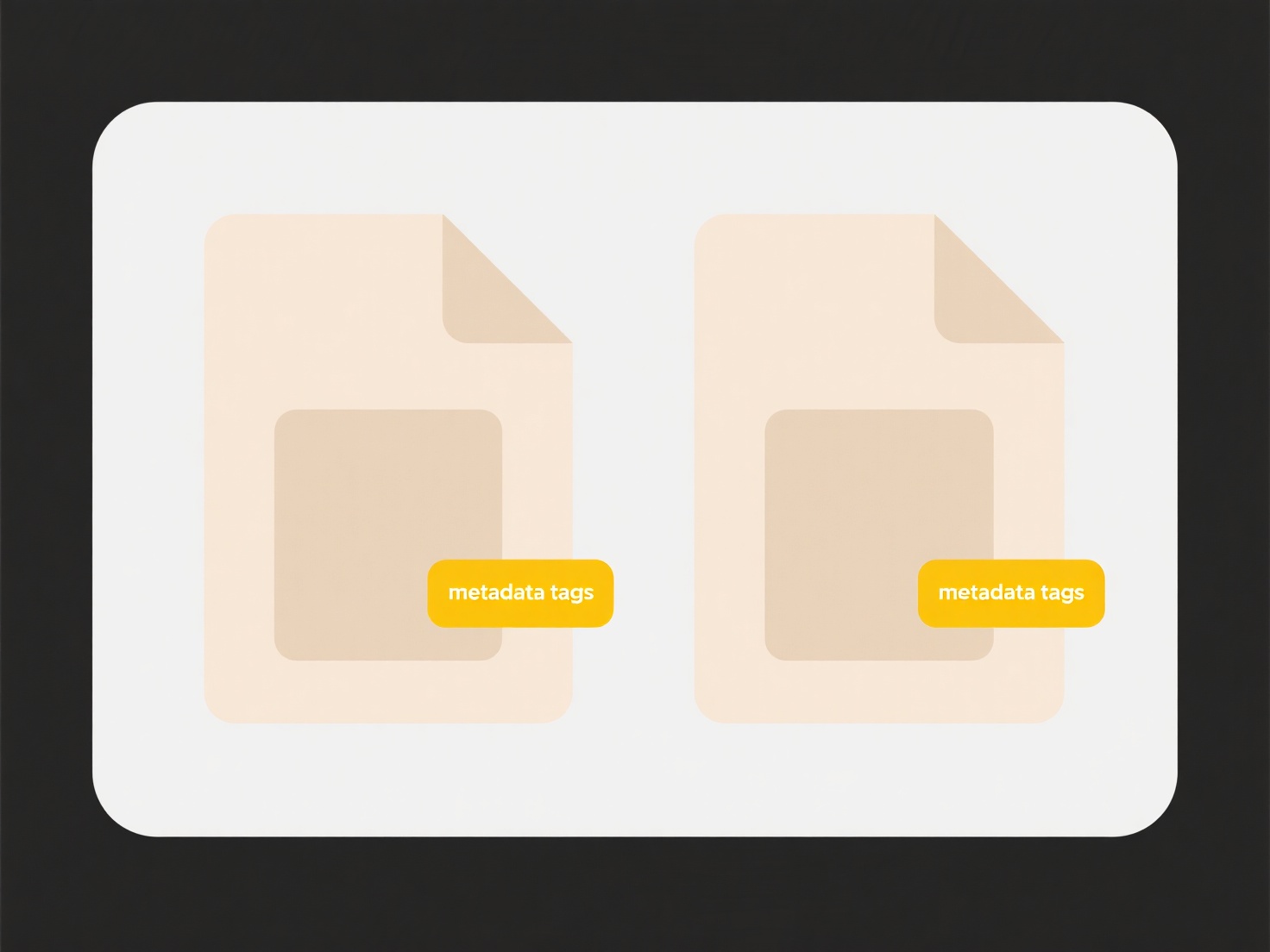
Folder activity visualization tracks file system changes over time, displaying when files were created, modified, accessed, or deleted. Unlike a static folder listing, it presents changes chronologically, often using timelines, heatmaps, or activity logs to show patterns. This approach highlights usage trends and identifies unusual spikes instead of just showing the current state.

Common examples include IT security teams using file audit tools to spot unauthorized access within sensitive directories over weeks or months. Development teams might visualize activity in a shared code repository folder to identify peak collaboration times before releases. Tools generating these visualizations range from dedicated monitoring platforms like Lepide or Netwrix Auditor to log analysis systems like Splunk.
Visualizing folder activity improves anomaly detection and resource planning efficiency. However, it requires enabling and storing detailed audit logs, impacting storage and potentially user privacy. Ethical handling mandates anonymizing personal data and restricting access. Future developments may integrate AI to automatically flag abnormal patterns, enhancing predictive oversight while balancing security with privacy concerns.
How do I visualize folder activity over time?
Folder activity visualization tracks file system changes over time, displaying when files were created, modified, accessed, or deleted. Unlike a static folder listing, it presents changes chronologically, often using timelines, heatmaps, or activity logs to show patterns. This approach highlights usage trends and identifies unusual spikes instead of just showing the current state.

Common examples include IT security teams using file audit tools to spot unauthorized access within sensitive directories over weeks or months. Development teams might visualize activity in a shared code repository folder to identify peak collaboration times before releases. Tools generating these visualizations range from dedicated monitoring platforms like Lepide or Netwrix Auditor to log analysis systems like Splunk.
Visualizing folder activity improves anomaly detection and resource planning efficiency. However, it requires enabling and storing detailed audit logs, impacting storage and potentially user privacy. Ethical handling mandates anonymizing personal data and restricting access. Future developments may integrate AI to automatically flag abnormal patterns, enhancing predictive oversight while balancing security with privacy concerns.
Quick Article Links
How do I enforce naming conventions at scale?
Enforcing naming conventions at scale involves establishing clear rules for naming resources (like files, variables, ser...
Should I deduplicate before or after backup?
Deduplication removes redundant data copies to conserve storage space and bandwidth. When performed before backup ("sour...
What’s a good naming scheme for design or creative assets?
A good naming scheme is a consistent and logical system for labeling files and folders. It structures names to convey es...